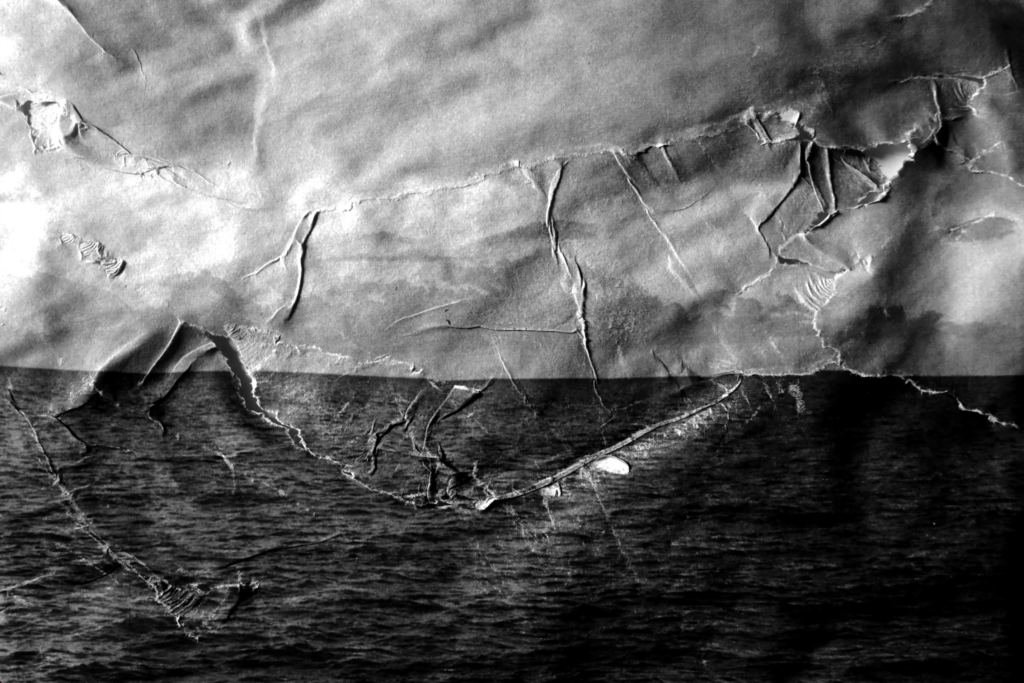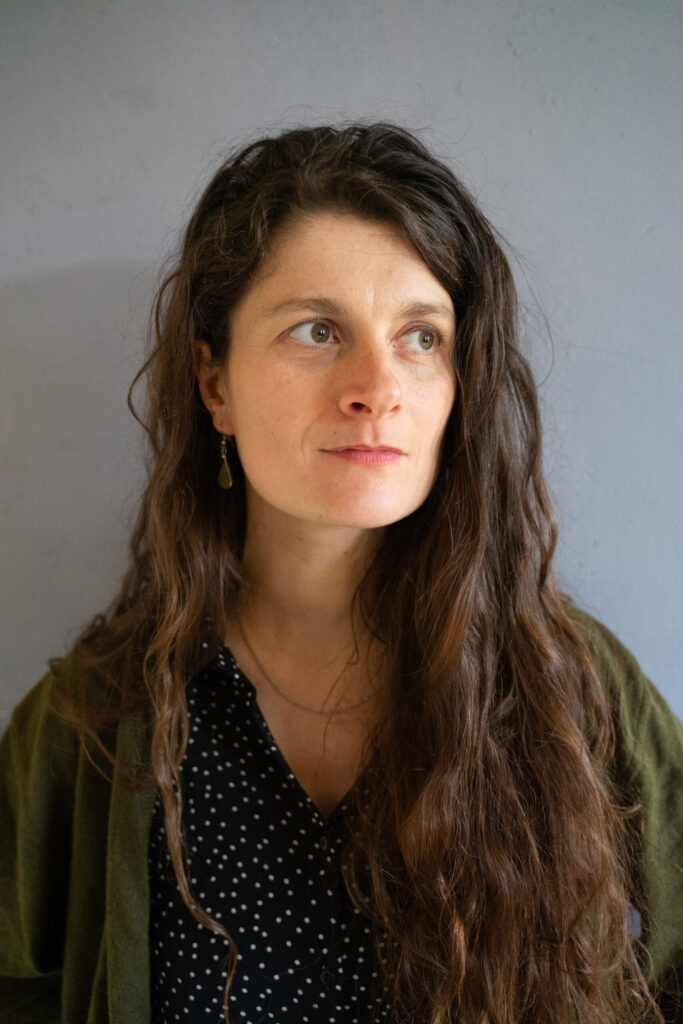
Thursday, March 13 – Sunday, March 30
Dé-payser
Laure NILLUS
Lieu Jeunesse Anatole France
Accessible from age 14
Lenght: 1:30 – Everyday : 1:15pm – 3:15pm – 5:15pm
Except for Sunday: 2pm – 4pm
Free access
This post is also available in: Français (French)

Thursday, March 13 – Sunday, March 30
Accessible from age 14
Lenght: 1:30 – Everyday : 1:15pm – 3:15pm – 5:15pm
Except for Sunday: 2pm – 4pm
Free access
Dé-payser
is an immersive documentary installation that links sound narratives with images of the places where they were experienced. The territory thus recomposed is that of the mountain valleys of the Nervia and Roya rivers, stretching as far as the coastal towns of Menton and Ventimiglia – the backdrop to a theater of diverse violence, carried out more or less in the shadows. In a quadraphonic sound piece lasting 1h30, the stories of residents, caregivers and people in exile who have sought to cross the French-Italian border, which has been closed since 2015, are interwoven. In resonance with this composition of words – and sounds collected on the spot – black-and-white photographs of this border zone are displayed on the walls of the space. Intermittently, video travellings of damaged landscapes and subtitles in three languages are projected to complete the set-up.
In complicity with SCAM. Recipient of the Bouillon d’un rêve écritures et formes émergentes 2023 grant.
Laure Nillus composes visual and/or sound artistic objects. As part of a collective, with Les Menstruelles, who produce 1 hour of sound creation a month, and Rebenty, who hand-make experimental 16mm films. Through participatory projects for local residents, such as Enfances or L’Envers des lieux. On commission, with photographic series and video objects, notably for Compagnie Juste ici. On her own, for personal projects such as Dé-payser. Her artistic research is often linked to the notion of territory and memory; she focuses on the traces and memories left by humans on a landscape.
Artist’s website: https://www.instagram.com/laurenillus

Interview by Fanny Bauguil (VIDEOFORMES relay teacher)
How would you describe this installation? What do we see? What do we hear? What do we do?
Dé-payser includes photos, videos and sound. Like a film, you enter a room to watch and, above all, listen for 1h30 – it’s above all cinema for the ears; the images accompany the sound. You’ll see landscapes photographed in black and white, videos of roads and rails, and hear stories in 3 different languages.
What’s it about?
It’s about the southern part of the French-Italian border since it was closed in 2015, and the impact this closure has had on the places in this territory as well as on the lives of the people who live there or cross it.
Is this the first time this installation has been presented to the public? Can you tell us a little about the process involved in creating the work?
No, it’s already been shown in other spaces/festivals.
It’s been a long-term process over 6 years. I spent a lot of time on site, trying to understand the political stakes involved in a border controlled only by part of the population, trying to help, meeting a lot of people, making mistakes at every level, learning Italian, and gradually recording, photographing and filming. The structure housing the sound and visual installation is a showcase for the public to hear the stories being told. It has also been designed so that Dé-payser can take its place in artistic venues just like any other village square.
Which artists (in all fields) or, more generally, which art forms feed into your creative process, and what references, if any, do you allude to in this installation?
This installation was born of a desire for cinema. The idea for the device was inspired by the work of Chantal Akerman, particularly her documentary Sud. The film opens and closes with the same tracking shot of a small road. While we don’t know why this road is shown to us for so long at the beginning of the film, the tracking shot takes on its full meaning at the end.
Silver photography, including the work of certain surrealist photographers, provided the visual inspiration for this work. For the recording of the interviews, the work of researcher Steven Field on acousthemology in Papua New Guinea had a real influence, particularly on my decision to record by walking around the site. Finally, the wood and metal structure is a reference to the buildings of artist Charlotte Perriand.
What were the difficulties, constraints and challenges encountered during its development?
It’s been a long and complex process, untangling the different threads that make up the situation. I tried to be a support, often making mistakes from both a human and political point of view.
Learning Italian was laborious for me, but indispensable for meeting many of the people who had applied for asylum in Italy.
This project was also a technical challenge for me, as I learned certain practices while working on it (such as quadraphonic editing, for example).
Can you give us one or more web addresses where we can see your work?
Can you give us a few keywords that might describe your installation?
Visual, sound, French-Italian border.
A few words about your artistic career? When did you first become interested in digital art? Do you manage to make a living from your creative activity?
My background is in cinema, and I’ve been interested in creative documentaries for about fifteen years. I then learned about film photography and sound creation, which enabled me to create this multi-disciplinary installation. I earn part of my living from my creative activity, and at the same time I run workshops and carry out participatory artistic projects with a variety of audiences (young people, the elderly, prisoners, etc.), most of whom, for various reasons, are far removed from access to artistic practice.